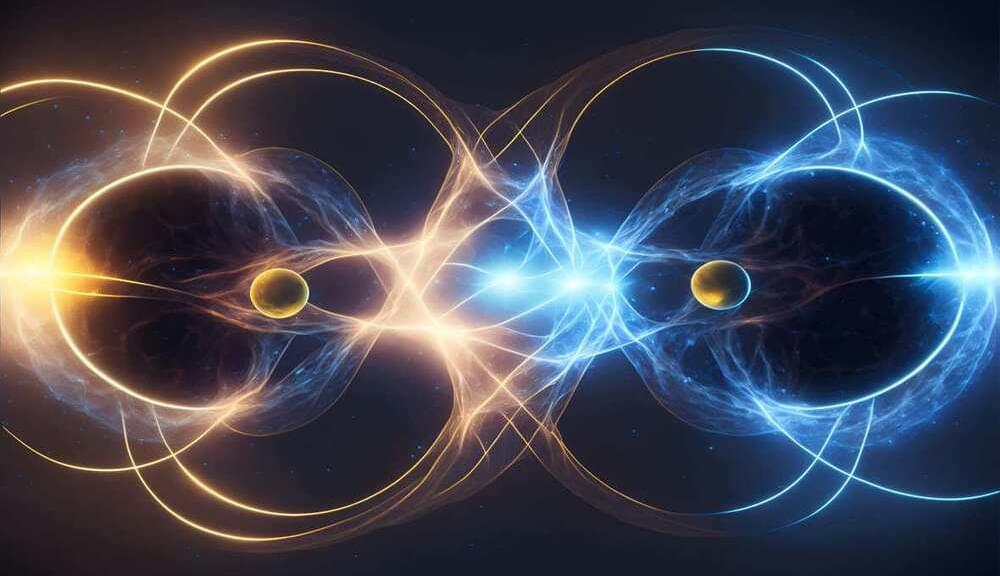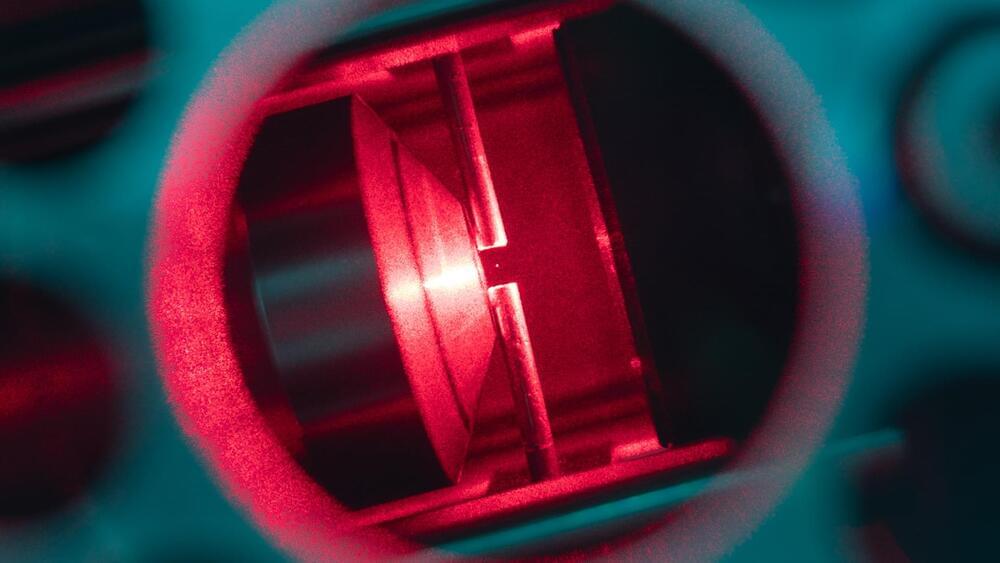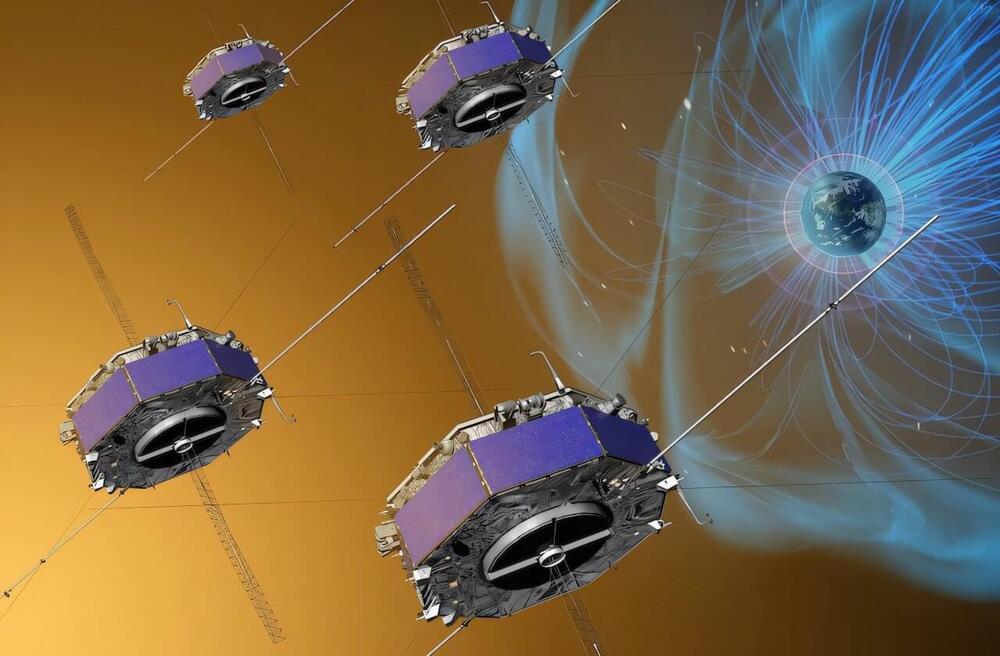A team of engineers at the University of Science and Technology of China has developed a new way to code data onto a diamond with higher density than prior methods. In their paper published in the journal Nature Photonics, the group notes that such optical discs could hold data safely at room temperature for millions of years.
Prior research has shown that it is possible to code data onto a diamond, allowing for much longer data storage than any other known method. But such efforts have produced low-density storage. In this new effort, the research team developed a new method for etching data onto a diamond that allows for much denser data storage, and thus for storing more information onto a single diamond.
In their work, the researchers used diamond pieces just a few millimeters in length—they were pursuing a proof of concept, not a true storage medium. Future versions, they note, could be the size of a Blu-ray disc. The new method involved the use of a laser to remove single carbon atoms from the surface of the diamond, leaving a tiny cavity. The cavity, the researchers note, exhibits a certain level of brightness when another laser is shone on it.
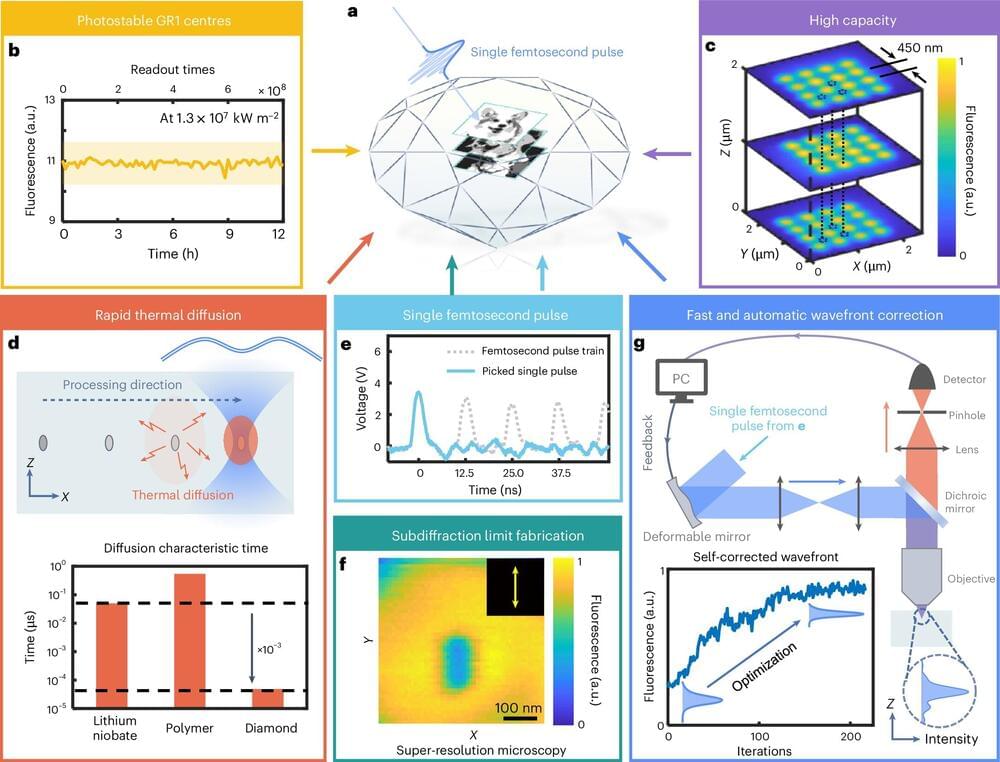
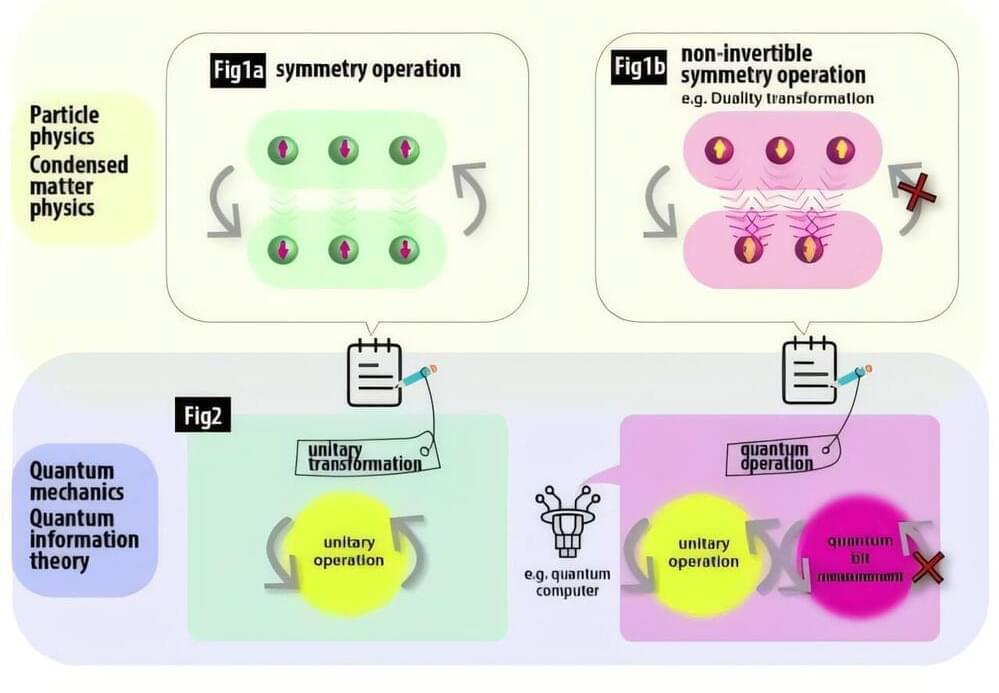
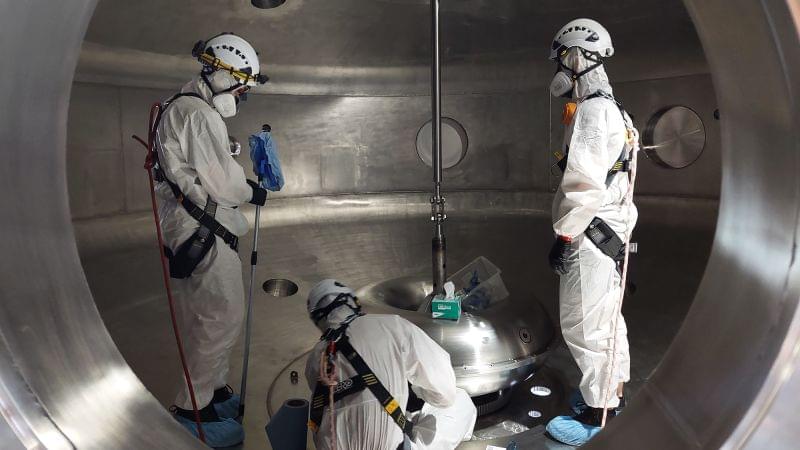

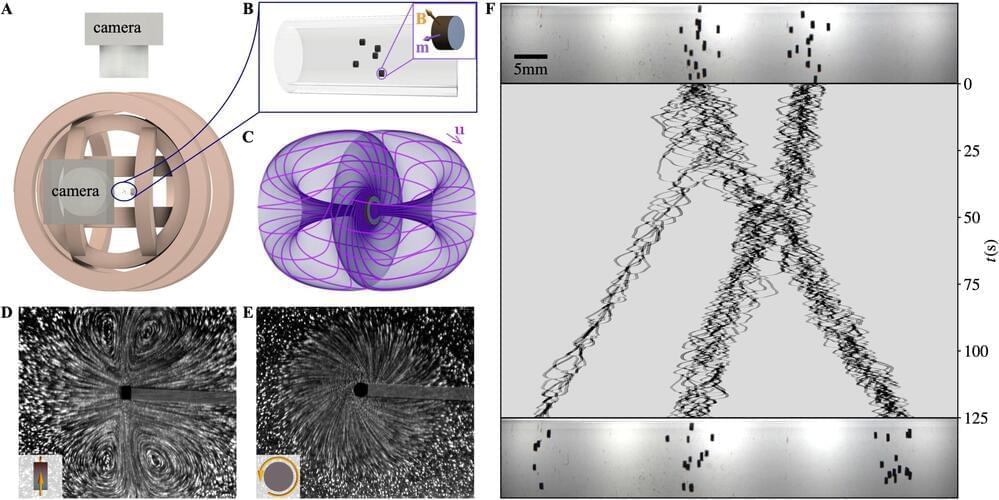

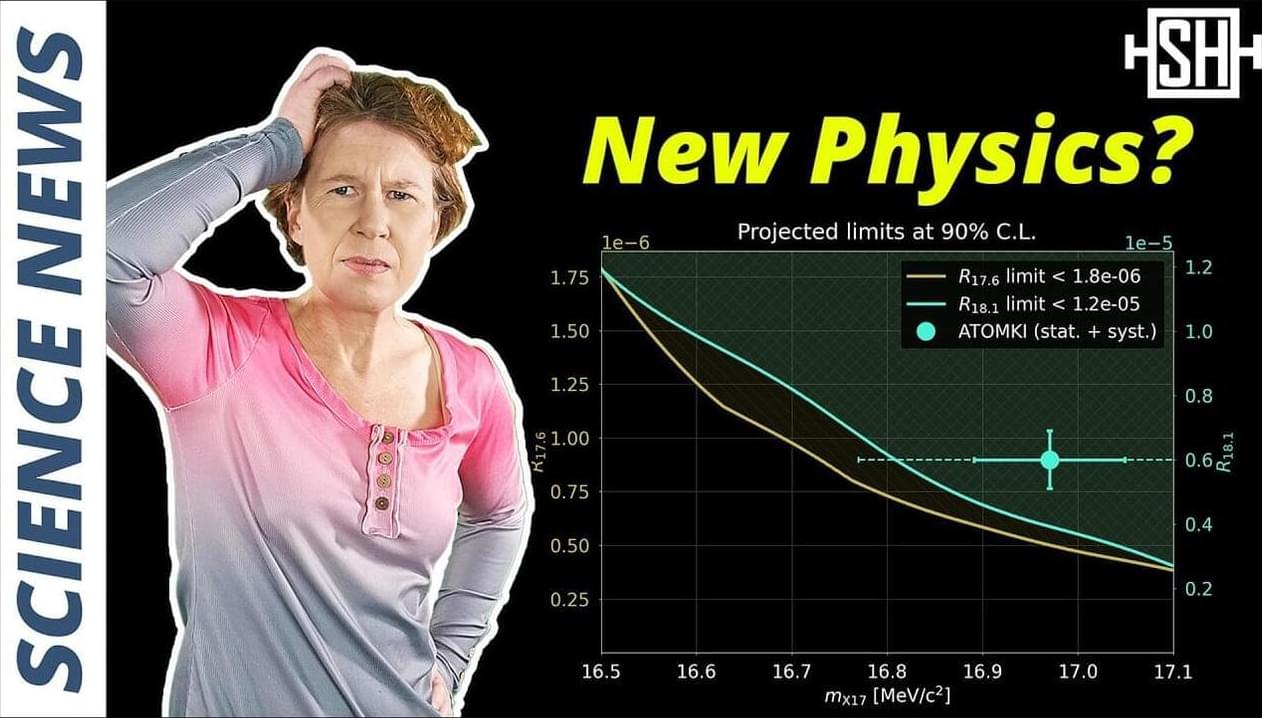
 Check out my new quiz app ➜
Check out my new quiz app ➜  Support me on Donorbox ➜
Support me on Donorbox ➜  Transcripts and written news on Substack ➜
Transcripts and written news on Substack ➜  Transcript with links to references on Patreon ➜ / sabine.
Transcript with links to references on Patreon ➜ / sabine. Free weekly science newsletter ➜
Free weekly science newsletter ➜  Audio only podcast ➜
Audio only podcast ➜  Join this channel to get access to perks ➜
Join this channel to get access to perks ➜ On instagram ➜ / sciencewtg.
On instagram ➜ / sciencewtg.